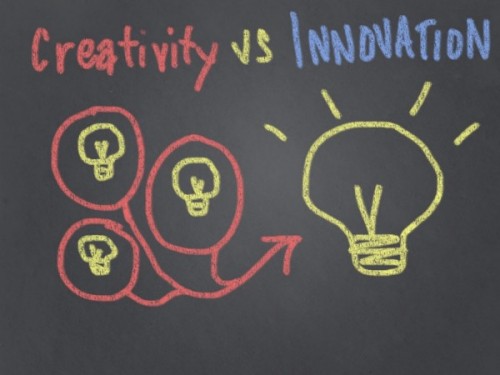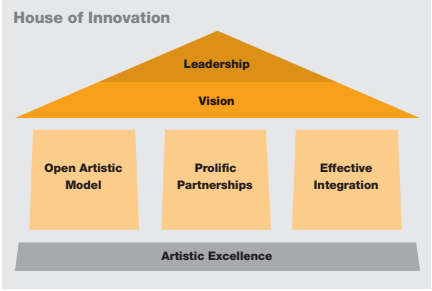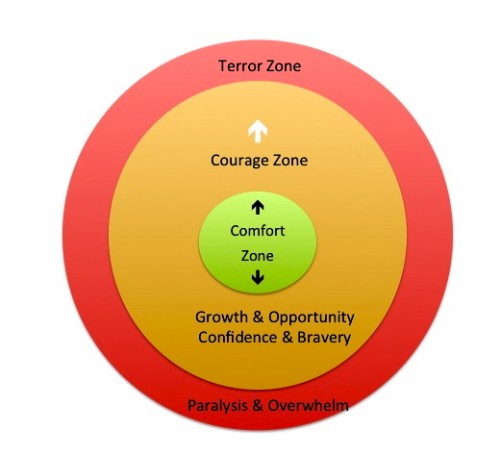
Innovation: A 21st Century Buzzword
The term ‘innovation’ has consumed my brain since the beginning of the semester. I find it incredibly intriguing in relation to creativity, as they are frequently used synonymously yet have their distinct differences. This semester I’ve created an independent project that will result in three written orchestra case studies, focusing on each orchestra’s ability to thrive in a 21st century environment that places heavy emphasis on innovation. Based on my research, I intend on using this blog post to clarify the differences between creativity and innovation, discuss why the arts & culture sector feels the pressure to innovate, and explore potential strategies and processes that can alleviate tackling this 21st century buzzword.
Let’s break down the differences between creativity and innovation. Creativity is unleashing the potential of the mind to conceive new ideas. While it’s used interchangeably with innovation, creativity is actually subjective and difficult to measure. Essentially, creativity is best related to imagination: an activity of unveiling something which was previously hidden. Meanwhile, innovation is taking a new idea and putting that creative idea into action. Innovation is quantifiable, thought of as a productive process, and involves a level of risk-taking that isn’t necessary with creativity. Dissecting the differences between creativity and innovation is pivotal towards better understanding how an organization can successfully thrive. It’s also crucial to remember that the presence of both can lead to success and they must coexist for an organization to gain a competitive advantage.
Several of those in the arts & culture sector feel immense pressure to meet the 21st century standard of innovation. They understand the importance of implementing and encouraging their employees and business model to incorporate innovation, yet each have their own unique set of challenges and worries that ultimately decide whether they are willing and able to take innovative risks. This becomes the Catch-22 of the 21st century. Do organizations have the proper resources to successfully innovate? How about the amount of resources at their disposal? Are organizations equipped to handle the struggles and experimentation involved in the innovation process? Can they confront innovation while maintaining artistic vibrancy and integrity? At what capacity are they able to implement innovative practices? These questions and more are what I believe to be at the core between the arts & culture sector and the action of innovation.
While I’ve raised multiple questions that many arts organizations are attempting to answer, there are strategies and processes that can begin alleviating this stress. None of these are future-proof, yet they can provide arts organizations with an opportunity to become fearless innovative leaders:
House of Innovation
Viewing innovation as a structure can allow arts & culture organizations to begin making choices that direct them towards approaching innovation in a novel way. Leadership and vision give shape, protection and safety that is necessary for allowing ground-breaking work to occur. Their supporting pillars include an open artistic model, prolific partnerships, and effective integration. Providing the fundamental strength to think and behave in new, innovative ways is artistic excellence. Based on the House of Innovation, arts organizations can create a foundation that supports the slow and hard work involved with committing to innovation.
Being Comfortable with the Uncomfortable
In order to commit to the concept of innovation, there becomes the idea of being comfortable with the uncomfortable. This involves understanding the importance of willingness to take new risks, stepping out of the organizational comfort zone, and stepping into the discomfort and uncertainty included with innovation. With this in mind, arts organizations can eventually increase their competitive advantage and embrace the rewards that result from giving up the familiarity of the known. Innovation will include mistakes and failures, yet it is the readiness to explore unchartered territories that will always connect the arts & culture sector with innovation.




